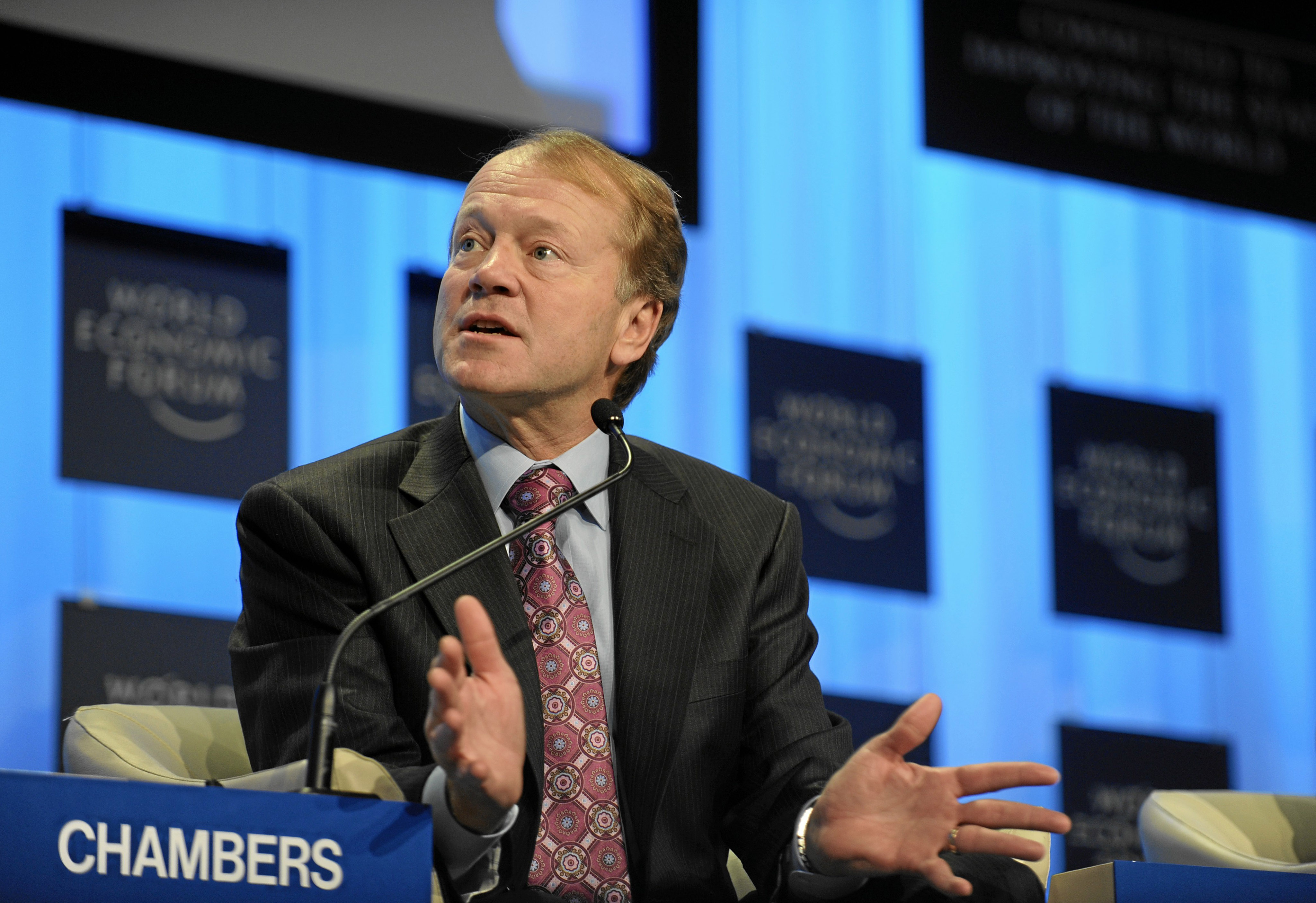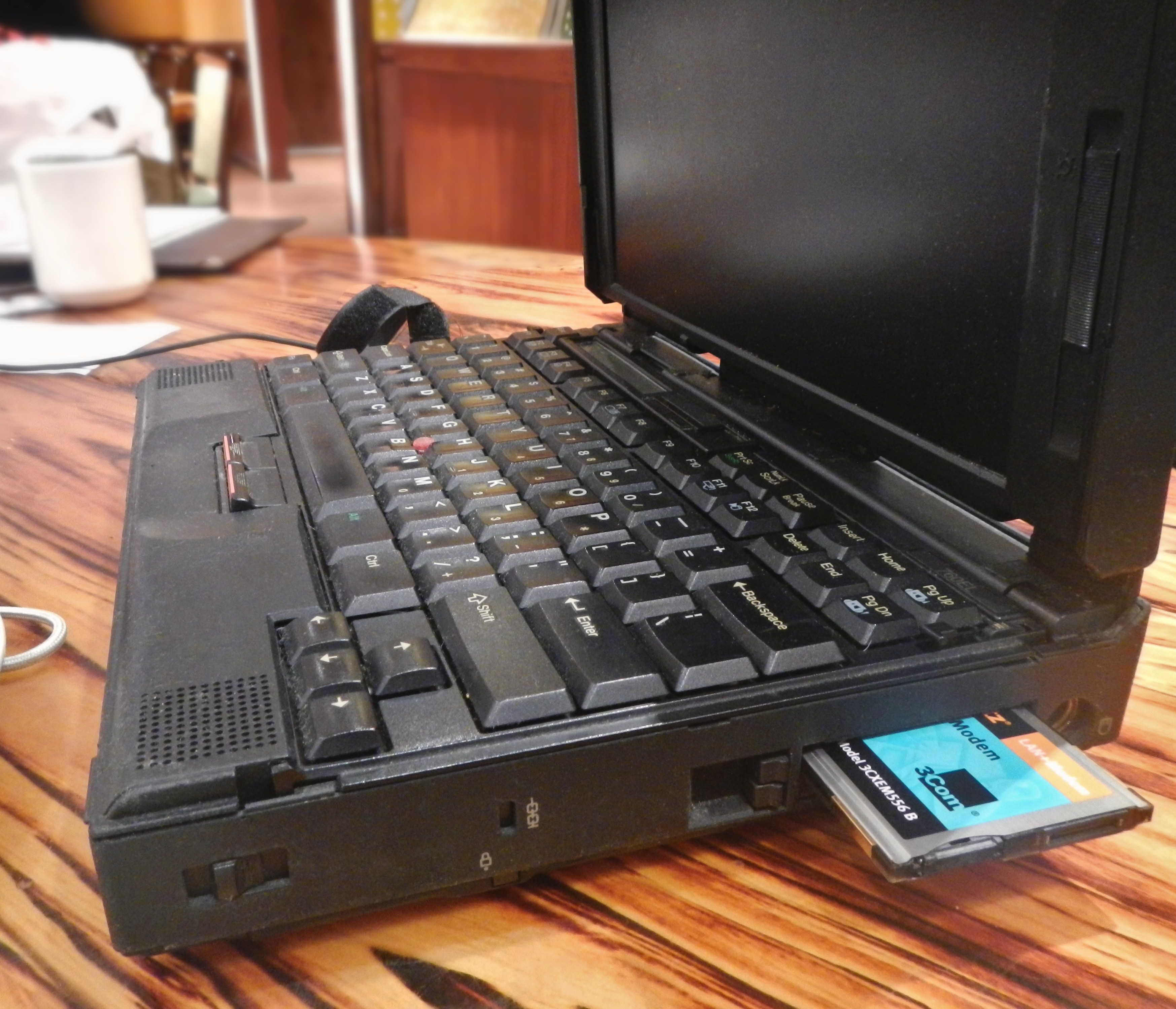|
Cisco 2500 Series
The Cisco 2500 series routers are a series of 19" rack mount access routers typically used to connect Ethernet or Token Ring networks via ISDN or leased serial connections (i.e. Frame Relay, T1 etc.). The routers are based on a Motorola 68EC030 CISC processor. This line of routers is no longer sold or supported by Cisco Systems. They were superseded by the Cisco 2600 series, which has also reached EOL now. Specifications *CPU: Motorola 68EC030 20 MHz (some 25 MHz) (32 bit, 256 bytes internal Data Cache, 256 bytes internal Instruction Cache) *RAM: Up to 16 MB *Flash: 4, 8 or 16 MB *Power consumption: 40 W *Dimensions: 4.44 × 44.45 × 26.82 cm (standard 19-inch rackmount – 1RU) *Weight: 4.5 kg *Power supplies: 110/240 V AC or 48 V DC *Supported interfaces: Ethernet (10 Mbit/s), Token Ring (16 Mbit/s), ISDN BRI (128 kbit/s), Sync Serial (2 Mbit/s), Async Serial. *Bandwidth: 4400 packets-per-second (using CEF) *Typical throughput: 2.2 Mbit/s (64-byte pack ... [...More Info...] [...Related Items...] OR: [Wikipedia] [Google] [Baidu] |
RJ45 (computers)
A modular connector is a type of electrical connector for cords and cables of electronic devices and appliances, such as in computer networking, telecommunication equipment, and audio headsets. Modular connectors were originally developed for use on specific Bell System telephone sets in the 1960s, and similar types found use for simple interconnection of customer-provided telephone subscriber premises equipment to the telephone network. The Federal Communications Commission (FCC) mandated in 1976 an interface registration system, in which they became known as registered jacks. The convenience of prior existence for designers and ease of use led to a proliferation of modular connectors for many other applications. Many applications that originally used bulkier, more expensive connectors have converted to modular connectors. Probably the best-known applications of modular connectors are for Telephone line, telephone and Ethernet. Accordingly, various electronic interface specif ... [...More Info...] [...Related Items...] OR: [Wikipedia] [Google] [Baidu] |
Cisco Routers
Cisco Systems, Inc., commonly known as Cisco, is an American-based multinational digital communications technology conglomerate corporation headquartered in San Jose, California. Cisco develops, manufactures, and sells networking hardware, software, telecommunications equipment and other high-technology services and products. Cisco specializes in specific tech markets, such as the Internet of Things (IoT), domain security, videoconferencing, and energy management with leading products including Webex, OpenDNS, XMPP, Jabber, Duo Security, and Cisco Jasper, Jasper. Cisco is one of the List of largest technology companies by revenue, largest technology companies in the world ranking 74 on the Fortune 100 with over $51 billion in revenue and nearly 80,000 employees. Cisco Systems was founded in December 1984 by Leonard Bosack and Sandy Lerner, two Stanford University computer scientists who had been instrumental in connecting computers at Stanford. They pioneered the concept o ... [...More Info...] [...Related Items...] OR: [Wikipedia] [Google] [Baidu] |
Cisco 2600 Series
Cisco Systems, Inc., commonly known as Cisco, is an American-based multinational digital communications technology conglomerate corporation headquartered in San Jose, California. Cisco develops, manufactures, and sells networking hardware, software, telecommunications equipment and other high-technology services and products. Cisco specializes in specific tech markets, such as the Internet of Things (IoT), domain security, videoconferencing, and energy management with leading products including Webex, OpenDNS, Jabber, Duo Security, and Jasper. Cisco is one of the largest technology companies in the world ranking 74 on the Fortune 100 with over $51 billion in revenue and nearly 80,000 employees. Cisco Systems was founded in December 1984 by Leonard Bosack and Sandy Lerner, two Stanford University computer scientists who had been instrumental in connecting computers at Stanford. They pioneered the concept of a local area network (LAN) being used to connect distant comput ... [...More Info...] [...Related Items...] OR: [Wikipedia] [Google] [Baidu] |
Linux
Linux ( or ) is a family of open-source Unix-like operating systems based on the Linux kernel, an operating system kernel first released on September 17, 1991, by Linus Torvalds. Linux is typically packaged as a Linux distribution, which includes the kernel and supporting system software and libraries, many of which are provided by the GNU Project. Many Linux distributions use the word "Linux" in their name, but the Free Software Foundation uses the name "GNU/Linux" to emphasize the importance of GNU software, causing some controversy. Popular Linux distributions include Debian, Fedora Linux, and Ubuntu, the latter of which itself consists of many different distributions and modifications, including Lubuntu and Xubuntu. Commercial distributions include Red Hat Enterprise Linux and SUSE Linux Enterprise. Desktop Linux distributions include a windowing system such as X11 or Wayland, and a desktop environment such as GNOME or KDE Plasma. Distributions intended for ser ... [...More Info...] [...Related Items...] OR: [Wikipedia] [Google] [Baidu] |
Cisco IOS
The Internetworking Operating System (IOS) is a family of proprietary network operating systems used on several router and network switch models manufactured by Cisco Systems. The system is a package of routing, switching, internetworking, and telecommunications functions integrated into a multitasking operating system. Although the IOS code base includes a cooperative multitasking kernel, most IOS features have been ported to other kernels, such as Linux and QNX, for use in Cisco products. Not all Cisco networking products run IOS. Exceptions include some Cisco Catalyst switches, which run IOS XE, and Cisco ASR routers, which run either IOS XE or IOS XR; both are Linux-based operating systems. For data center environments, Cisco Nexus switches (Ethernet) and Cisco MDS switches ( Fibre Channel) both run Cisco NX-OS, also a Linux-based operating system. History The IOS network operating system was created from code written by William Yeager at Stanford University, which w ... [...More Info...] [...Related Items...] OR: [Wikipedia] [Google] [Baidu] |
PCMCIA
The Personal Computer Memory Card International Association (PCMCIA) was a group of computer hardware manufacturers, operating under that name from 1989 to 2009. Starting with the PCMCIA card in 1990 (the name later simplified to ''PC Card''), it created various standards for peripheral interfaces designed for laptop computers. History The PCMCIA (Personal Computer Memory Card International Association) industry organization was based on the original initiative of the British mathematician and computer scientist Ian H. S. Cullimore, one of the founders of the Sunnyvale-based Poqet Computer Corporation, who was seeking to integrate some kind of memory card technology as storage medium into their early DOS-based palmtop PCs, when traditional floppy drives and harddisks were found to be too power-hungry and large to fit into their battery-powered handheld devices. When in July 1989, Poqet contacted Fujitsu for their existing but still non-standardized SRAM memory cards, and Intel ... [...More Info...] [...Related Items...] OR: [Wikipedia] [Google] [Baidu] |
Read-only Memory
Read-only memory (ROM) is a type of non-volatile memory used in computers and other electronic devices. Data stored in ROM cannot be electronically modified after the manufacture of the memory device. Read-only memory is useful for storing software that is rarely changed during the life of the system, also known as firmware. Software applications (like video games) for programmable devices can be distributed as plug-in cartridges containing ROM. Strictly speaking, ''read-only memory'' refers to memory that is hard-wired, such as diode matrix or a mask ROM integrated circuit (IC), which cannot be electronically changed after manufacture. Although discrete circuits can be altered in principle, through the addition of bodge wires and/or the removal or replacement of components, ICs cannot. Correction of errors, or updates to the software, require new devices to be manufactured and to replace the installed device. Floating-gate ROM semiconductor memory in the form of erasab ... [...More Info...] [...Related Items...] OR: [Wikipedia] [Google] [Baidu] |
U Interface
U or u, is the twenty-first and sixth-to-last letter and fifth vowel letter of the Latin alphabet, used in the modern English alphabet, the alphabets of other western European languages and others worldwide. Its name in English is ''u'' (pronounced ), plural ''ues''. History U derives from the Semitic waw, as does F, and later, Y, W, and V. Its oldest ancestor goes to Egyptian hieroglyphics, and is probably from a hieroglyph of a mace or fowl, representing the sound v.html"_;"title="Voiced_labiodental_fricative.html"_;"title="nowiki/>Voiced_labiodental_fricative">v">Voiced_labiodental_fricative.html"_;"title="nowiki/>Voiced_labiodental_fricative">vor_the_sound_[Voiced_labial–velar_approximant.html" ;"title="Voiced_labiodental_fricative">v.html" ;"title="Voiced_labiodental_fricative.html" ;"title="nowiki/>Voiced labiodental fricative">v">Voiced_labiodental_fricative.html" ;"title="nowiki/>Voiced labiodental fricative">vor the sound [Voiced labial–velar approximant ... [...More Info...] [...Related Items...] OR: [Wikipedia] [Google] [Baidu] |
Network Termination 1
Network Termination 1 (NT1) or Network Termination type 1 refers to equipment in an Integrated Services Digital Network (ISDN) that physically and electrically terminates the network at the customer's premises. The NT1 network termination provides signal conversion and timing functions which correspond to layer 1 of the OSI model. In a Basic Rate Interface, the NT1 connects to line termination (LT) equipment in the provider's telephone exchange via the local loop two wire U interface and to customer equipment via the four wire S interface or T interface. The S and T interfaces are electrically equivalent, and the customer equipment port of a NT1 is often labelled as S/T interface. There are many types of NT1 available. In the United States, the NT1 is considered customer-premises equipment In telecommunications, a customer-premises equipment or customer-provided equipment (CPE) is any terminal and associated equipment located at a subscriber's premises and connected with a c ... [...More Info...] [...Related Items...] OR: [Wikipedia] [Google] [Baidu] |
Basic Rate Interface
Basic Rate Interface (BRI, 2B+D, 2B1D) or Basic Rate Access is an Integrated Services Digital Network (ISDN) configuration intended primarily for use in subscriber lines similar to those that have long been used for voice-grade telephone service. As such, an ISDN BRI connection can use the existing telephone infrastructure at a business. The BRI configuration provides 2 data (bearer) channels (B channels) at 64 kbit/s each and 1 control (delta) channel (D channel) at 16 kbit/s. The B channels are used for voice or user data, and the D channel is used for any combination of data, control/signaling, and X.25 packet networking. The 2 B channels can be aggregated by channel bonding providing a total data rate of 128 kbit/s. The BRI ISDN service is commonly installed for residential or small business service (ISDN PABX) in many countries. In contrast to the BRI, the Primary Rate Interface (PRI) configuration provides more B channels and operates at a higher bit rate. Physical i ... [...More Info...] [...Related Items...] OR: [Wikipedia] [Google] [Baidu] |



.jpg)



